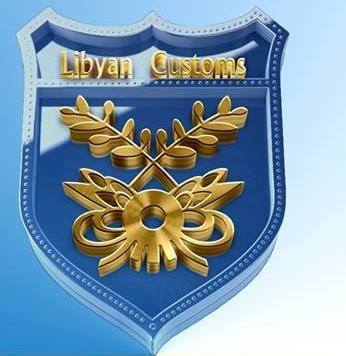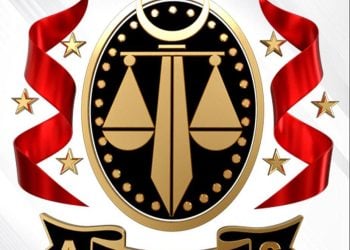By Libya Herald correspondent.

Benghazi, 26 June 2017:
Benghazi municipal council has started to clean up the general detritus of war – the rubble and litter – in the city’s downtown area of Suq Al-Hout, much of which was destroyed in the long battle to dislodge Islamist militants from the area which finally came to an end last Friday.
In a statement on its Facebook page, the council said that the work, initially aimed at ensuring the streets are clear so that traffic can move freely, was being carried out in collaboration with the Libyan National Army which was clearing mines. Army engineers are said to have removed more than 200 mines in the area by yesterday, in some cases simply by blowing them up.
Such action is thought unlikely to cause any further serious damage to the already extensive destruction of what was the most beautiful part of the city.
In a separate development, following last weekend’s news that a treasure trove of historic books looted from Benghazi university was found in Ganfouda, it is now reported that some classical-era objects have been recovered in Suq Al-Hout. One is a Roman, possibly Greek head. It is being claimed that it was part of the “Benghazi Treasure” – the vast horde of archaeological items held at the National Commercial Bank until looted during the 2011 revolution.
It has not been possible, at present, however, to verify if the claim is true or, if not, from where the items came.

Meanwhile operations to take the last area of Benghazi – Sabri – from the militants are continuing. Photos of one of them who was captured yesterday in the old town and named as Khalil al-Maghrabi, show an emaciated man, appearing to confirm LNA claims that militants are suffering from disease and lack of food.









